Web share is misused when used to show market share
This article may contain personal views and opinion from the author.

We've been thinking on this topic for a while now, and we've finally come to a conclusion: web share is the worst metric available to show market share. We've all seen the data, often from Chitika or other ad-tracking networks, which try to show the breakdown of the mobile market using web share rates and ad tracking statistics. Almost every time you see this sort of data, the numbers skew towards iOS, and almost always they are completely divorced from what we see with sales rates around the world.
As we talked about recently, new numbers from Net Applications puts iOS at just over 60% of web share, and numbers from Chitika often have iOS over Android on web share statistics. On the other hand, StatCounter says that Android's web share is about 10% higher than iOS. And, of course, we also have sales numbers saying that Android is outselling iOS worldwide by a large margin, and outselling iOS in the US as well. At last check, Android had about 70% of the worldwide smartphone market for 2012. So, how can it be that Android is a far more popular system, but iOS routinely leads in web share?
Part of the problem with the data is in the customer base of each platform, and part is simply that web share is a statistic that is being used for the wrong purpose, and ultimately the useful information that can be pulled from it isn't the data that we get to see.
Customer base
Although Android is taking more and more of the high end market, where Android really dominates is in the mid-range and low-end markets. Those of us who are deep into the mobile world can tend to forget that there are still plenty of people out there who have smartphones, but don't use them in a very "smart" way. Many people on smaller regional carriers, or cheaper prepaid plans may have Android handsets, but that doesn't mean that they use those devices for anything more than making calls and texting. You know, traditional phone stuff.

If an iPhone user is paying a lot per month, they are going to use the data services more, but that doesn't necessarily mean that they are any more technologically inclined than the Android user who doesn't bother using their smartphone for any of its higher functions. So, there is a large group of iPhone users who use the platform's higher functions, but only minimally, meaning taking pictures, checking e-mail, and surfing the web through a browser. This is a key distinction, because it speaks to a major flaw in using web share statistics to talk about market share: they don't count app usage.
This is especially noteworthy when looking at tablet web share statistics rather than smartphone stats. In the six-month survey that Chitika did at the end of last year, it found that smartphone web share was relatively even between iOS and Android, but that tablet share was so skewed towards the iPad that the overall numbers shifted towards Apple. According to Chitika's last set of numbers, iPad had about 86% of the tablet web share, even though the iPad's share of the tablet market dropped to around 43% in Q4 of 2012.
Again, this could easily be attributed to the demographic of people using the iPad compared to Android tablets, and the use case for each. In general, the iPad is the tablet of choice for older people who may not bother much with apps, but are still used to using a browser to find what they need. The most popular Android tablet is the Kindle Fire, which users tend to use mostly for consuming media and using apps, the browser isn't as popular there. So, web share statistics don't tell the whole story.
Methodology
Web share statistics are most often generated simply by logging the user agent string when a browser comes across an ad that is run on a web page. This is very useful data for the webmaster of that page, and even relatively useful for the business running the ad, but without seeing more granular pieces of the data, that's as far as the usefulness extends. The more you try to claim market share data from ad-tracking, the more issues you come across based on how the data is generated.

If a user wants a cheaper smartphone, and is unlikely to use any of the higher functions, including the web browser, they are more likely going to purchase an Android. And, if a user does opt for a higher-end Android with a full data plan, the likelihood is that they will be more apt to download and use apps. This is a big reason why the Google Play Store has grown so quickly. Regardless of the number of apps in each store, as of this past July, Google Play had generated 20 billion app downloads, and Apple's App Store had 30 billion. Given the relatively slow start Android had in gaining popularity, that's quite an impressive number.
Before the iPhone had LTE, Android devices regularly used more data than iPhone users. Former Sprint CEO Dan Hesse said that specifically in an interview last March. Cisco found last February that Android users used as much, if not more data than iOS users in the US and Europe. Then, after the LTE iPhone came out, FierceWireless and NPD teamed up in December of last year, and found that iPhone users were using more data than the average Android user. Given the spike that happened in iOS user data usage, you would have expected a connected bump in web share for iOS, but we never saw that. In fact, we saw Apple's web share continue to decline.
Many will claim that the data set is also off because advanced Android users will change their user agent to claim they are running mobile Safari, when they are really using Dolphin or something else. There are two issues that we see with this line of argument. First, the number of users that do this is extremely small in proportion to all of the users that would be tracked by a service like this. And, beyond that, not all of the user agent changers actually change the platform that the user is on, many still report Android, but report the browser as Safari. Given the wide number of browser options on Android, it would make more sense that Chitika tracks the reported OS, instead of having to parse the data afterwards to add up all of the different Android browsers.
Conclusion
Web share statistics can have value in certain respects, but we all really need to stop looking at them as something that gives valuable information about the size of a mobile platform's market share. We have a far better statistic for that: sales/shipping data. Web share isn't a statistic that helps to learn anything about the size of a platform, but it does hold valuable information about the users on said platforms.
We constantly see data saying that Android is outselling iOS by pretty large margins. Even in the tablet market, Android is consistently chipping away at the iPad's lead, but the web share statistics don't reflect that change in the market. It seems that we need to finally agree that the data we currently get from ad-tracker networks and web share may have uses, but we aren't seeing it right now, because we are seeing the wrong pieces of the data.
We would urge Chitika and others to delve deeper into the data that they have, because (within privacy limits) it could be far more interesting to find what kinds of websites are being browsed on the different platforms. With that sort of data, the demographics of each platform or hardware segment (tablet vs smartphone) could be inferred. Once we learn more about the set of users being tracked, we can add in the other user agent data to get a more complete picture. Chitika could parse the data to say what the platform spread is on iOS and Android, because user agent data also includes the OS version of the device. The data even shows what device is being used, so ad-trackers could help to give a picture of hardware manufacturer share.
Web share could definitely help us to understand more about the users being tracked, but ad-tracking has inherent methodology flaws that keep the sample from being all that random, and keep it from being able to reflect the platform user base as a whole. Once we understand the demographics that are found in the data, we can get useful data back. But, until then, let's all stop trying to get any valuable market information from web share.


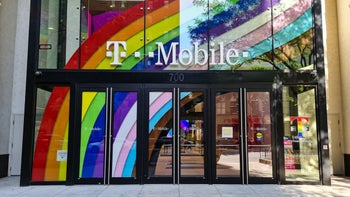
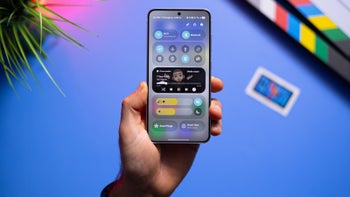


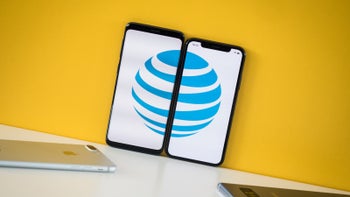
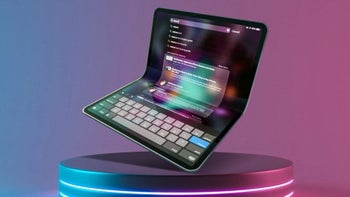
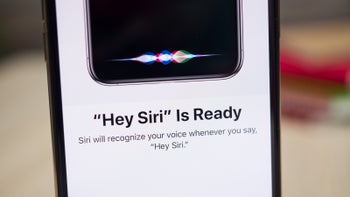



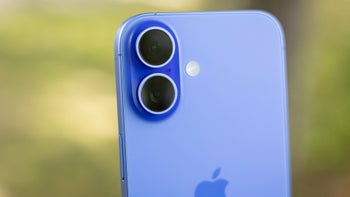
Things that are NOT allowed: